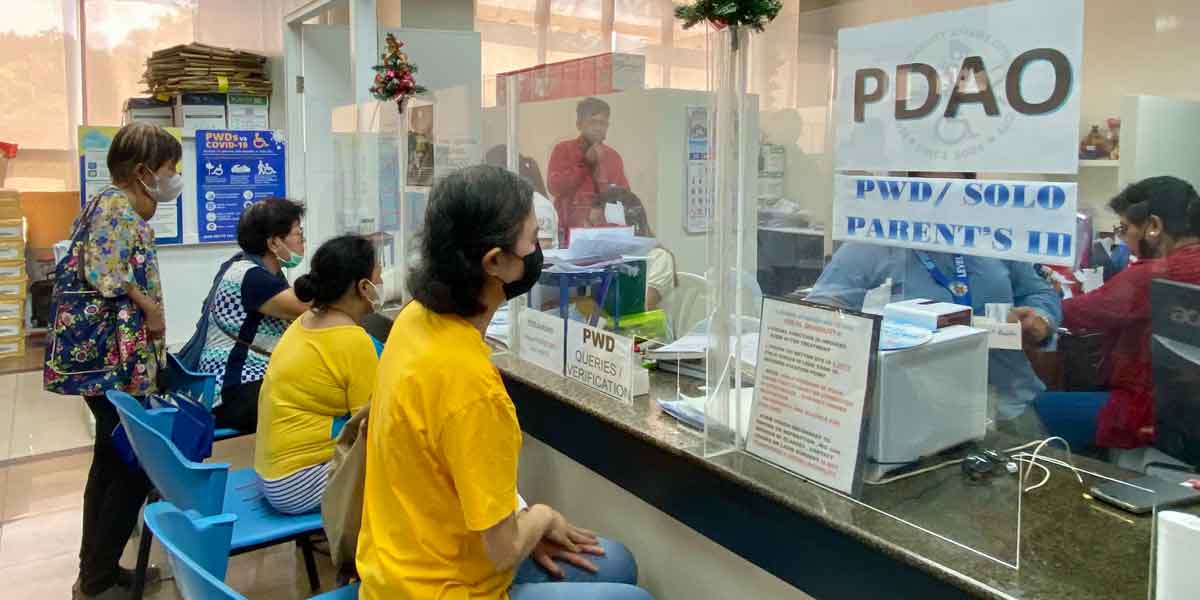 By Artchil B. Fernandez
By Artchil B. Fernandez
For the first time in three months, Du30 canceled his weekly night talk. “No talk to the people,” presidential spokesperson Harry Roque curtly told reporters. No explanation was given why Du30 refused to speak to the public this week.
Absence of Du30 from public view in this crucial time when Covid-19 pandemic is running amok in the National Capital Region (NCR) and surrounding areas accurately mirrors the present sad state of the nation. Senator Panfilo Lacson had a precise description where the Philippines is right now amid serious surge of the pandemic.
“The coronavirus has gone berserk. While it is on ‘at-will’ mode, we are like, on autopilot. We can’t feel someone is in charge. Sobrang malas!” This tweet of Sen. Lacson clearly illustrates the sorry condition of the country today has gone viral. The Philippines is on autopilot mode, no one is in charge while the virus has gone berserk is the tragedy of the Philippines at present.
With no one “minding the store,” Filipinos are left on their own to find their means of survival as the pandemic runs wild. The leader of the nation is missing again most likely taking a nap, leaving Filipinos to scramble and to hold on to whatever means to stay alive and keep themselves safe from the raging pandemic.
The biggest and most serious problem of the Philippines in the era of Covid-19 pandemic is a colossal failure of leadership. The current leadership of the country incredibly mishandled, mismanaged and bungled its way of dealing with the pandemic. The country is paying a terrible cost for this massive breakdown of leadership as shown by the events in the last four weeks. Records of daily infections were broken not once, twice, thrice, fourfold but several times and it will be broken again and again in the future.
April 2, 2021 recorded the highest ever daily cases of infection of Covid-19 at 15,310. Of this number, 3,709, however, are backlog cases. The following day the highest reported cases without backlog were recorded when 12,576 people got infected. Daily cases of infections are now recorded in two ways – with backlog and without backlog. This crude play of numbers by the Du30 administration is designed to confuse the public and hide the reality on the ground thus concealing its incompetence.
But no amount of extrapolation or interpolation of figures and statistical calisthenics can hide the fact that today more than a year after the pandemic broke out, the Philippines is back at square one with a worse version.
NCR and surrounding areas, now known as NCR Plus (the administration excels in inventing strange terminologies to make it appear it is doing something), is under Enhanced Community Quarantine (ECQ), the strictest form of lockdown since March 29. The ECQ was supposed to be only for a week but was extended for another week. With Du30 missing-in-action (MIA) this week, the fate of lockdown in NCR Plus, also called NCR Bubble, is uncertain with officials hinting at a downgrade to Modified ECQ.
The uncertainty hanging not only over NCR Bubble but the entire country is a manifestation that the Philippines is on autopilot mode. But the autopilot mode is not only visible in the uncertainty of the current situation but in the quality of people Du30 placed in positions that deal with the pandemic.
Take the case of Testing Czar Vince Dizon. He was tasked by Du30 to handle the testing of people for the virus. He recently reiterated the administration’s rejection of mass testing. “All experts in the Philippines and other parts of the world do not recommend mass testing of a country’s entire population. What we need is to conduct risk-based and targeted testing.” This official with a funny-sounding title in charge of one of the most important and basic ways of handling the pandemic, testing, does not know or even understand what he is tasked to do.
Vizon is parroting the wrong and distorted concept of mass testing. Mass testing is not testing the entire or the whole population but testing a significant portion or proportion of the population especially in areas where the infections are prevalent. This determines the level of transmission and how widespread is the transmission among the populace. Mass testing as conceived by experts also ascertains how the virus moves and is transmitted among communities and in the general population.
Doing mass testing is critical and crucial in pandemic management for it guides the government on how to track the virus, identify the communities to isolate as well as areas where there is no infection. This will help the government manage the limited resources at its disposal for it has an idea of what groups or areas to prioritize and focus on.
Without mass testing, the government is fighting the virus blind. Refusal of the Du30 administration to do mass testing based on its wrong and erroneous understanding of the concept is mainly responsible for the serious surge of pandemic today. Giving the task of mass testing to someone whose limited or little understanding of it is distorted and worse does not even know or had an iota of idea what mass testing is explains why there is no improvement in the situation of the country a year into the pandemic.
The WHO expressed concern with the Philippines in autopilot mode. “We are concerned about the situation in the Philippines,” said WHO Regional Director Dr. Takeshi Kasai. “We are concerned because the surge is really continuing and moving toward the so-called red line [when] the number of cases exceeds or surpass the capacity of health care. And we know that once we cross that red line, we put health-care workers in a very difficult situation and once health-care workers start [getting the] infection, the health-care capacity goes down,” he said.
Meanwhile hashtag #NasaanAngPangulo trends online once again.




















